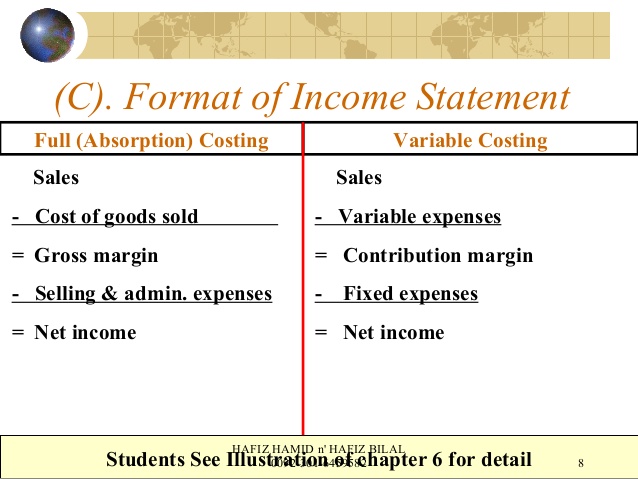Content

On the other hand, if it is below 1 indicates an undervalued company. If a company’s BVPS is greater than its market value per share, which is the same as its current stock price per share, then the company’s stock is considered undervalued. If the price per share is greater than the BVPS, then the stock can be considered overvalued. Investors tend to assign value to companies’ growth and earnings potential, not just their balance sheet assets.
Is stock book value important?
Book value is considered important in terms of valuation because it represents a fair and accurate picture of a company's worth. The figure is determined using historical company data and isn't typically a subjective figure. It means that investors and market analysts get a reasonable idea of the company's worth.
Price to book value is a valuation ratio that is measured by stock price / book value per share. The book value is essentially the tangible accounting value of a firm compared to the market value that is shown. That doesn’t mean it would sell for that amount — The market would determine that. But that is the figure recorded on the company’s balance sheet.
Price to Book Value
The book value includes all of the equipment and property owned by the company, as well as any cash holdings or inventory on hand. It also accounts for all of the company’s liabilities, such as debt or tax burdens. To get the book value, you must subtract all those liabilities from the company’s total assets. Book value is equal to the cost of carrying an asset on a company’s balance sheet, and firms calculate it by netting the asset against its accumulated depreciation. As a result, book value can also be thought of as the net asset value of a company, calculated as its total assets minus intangible assets and liabilities.
What is a good book value for a stock?
Book Value – What is a good book value per share? The price-to-book (P/B) ratio has been favored by value investors for decades and is widely used by market analysts. Traditionally, any value under 1.0 is considered a good P/B value, indicating a potentially undervalued stock.
On the other hand, if the market price is undervalued, it may be a good time to buy. This information is educational, and is not an offer to sell or a solicitation of an offer to buy any security. This information is not a recommendation to buy, hold, or sell an investment or financial product, or take any action.
Impact of ROE on P/B ratio of stock.
Our mission is to empower readers with the most factual and reliable financial information possible to help them make informed decisions for their individual needs. Our writing and editorial staff are a team of experts holding advanced financial designations and have written for most major financial media publications. Our work has been directly cited by organizations including Entrepreneur, Business Insider, Investopedia, Forbes, CNBC, and many others. This team of experts helps Finance Strategists maintain the highest level of accuracy and professionalism possible. Our team of reviewers are established professionals with decades of experience in areas of personal finance and hold many advanced degrees and certifications. At Finance Strategists, we partner with financial experts to ensure the accuracy of our financial content.
- As a result, the book value equals the difference between a company’s total assets and total liabilities.
- Book value per share is a ratio that compares the net asset value of a company, minus preferred equity, to the total number of common shares available on the market.
- An asset’s book value is equivalent to its carrying value on the balance sheet.
- Book value is the accounting value of the company’s assets less all claims senior to common equity (such as the company’s liabilities).
- Therefore, they may appear on the balance sheet at a small fraction of their fair market value.
The need for book value also arises when it comes to generally accepted accounting principles . According to these rules, hard assets listed on a company’s balance sheet can only be stated according to book value. This sometimes creates problems for companies with stock book value assets that have greatly appreciated; these assets cannot be re-priced and added to the overall value of the company. It is calculated by dividing the share price by book value, which gives a good idea of how much the market values each dollar earned by a company.
Book Value of Equity (BVE): Balance Sheet Components
In Singapore, investment products and services available through the moomoo app are offered through Moomoo Financial Singapore Pte. Ltd. is a Capital Markets Services Licence (License No. CMS101000) holder with the Exempt Financial Adviser Status. This advertisement has not been reviewed by the Monetary Authority of Singapore. For example, if a company has a lot of assets and few liabilities, it is likely to be in good financial health. On the other hand, if a company has more liabilities than assets, it is likely to be in bad financial health.
Lascia un commento